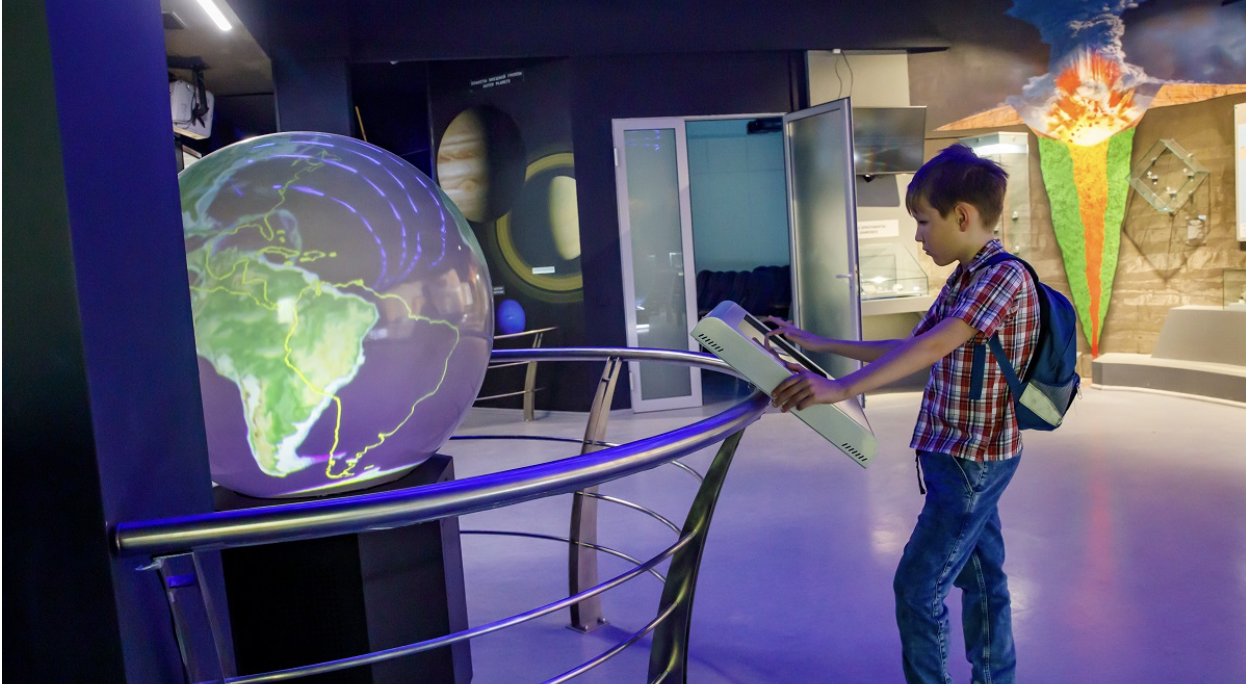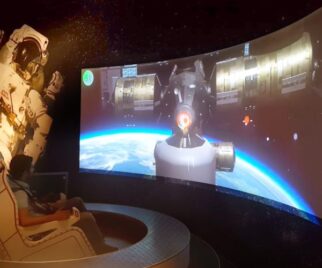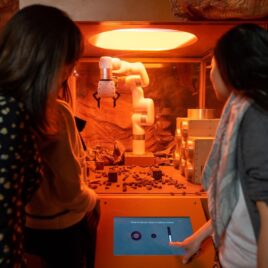In the dynamic realm of education and entertainment, the concept of interactive exhibits has emerged as a beacon of engagement, turning passive observation into active participation. But what exactly is an interactive exhibit aka interactive equipment, and why are these immersive experiences gaining such popularity? Let’s embark on a journey to unveil the magic behind interactive exhibits.
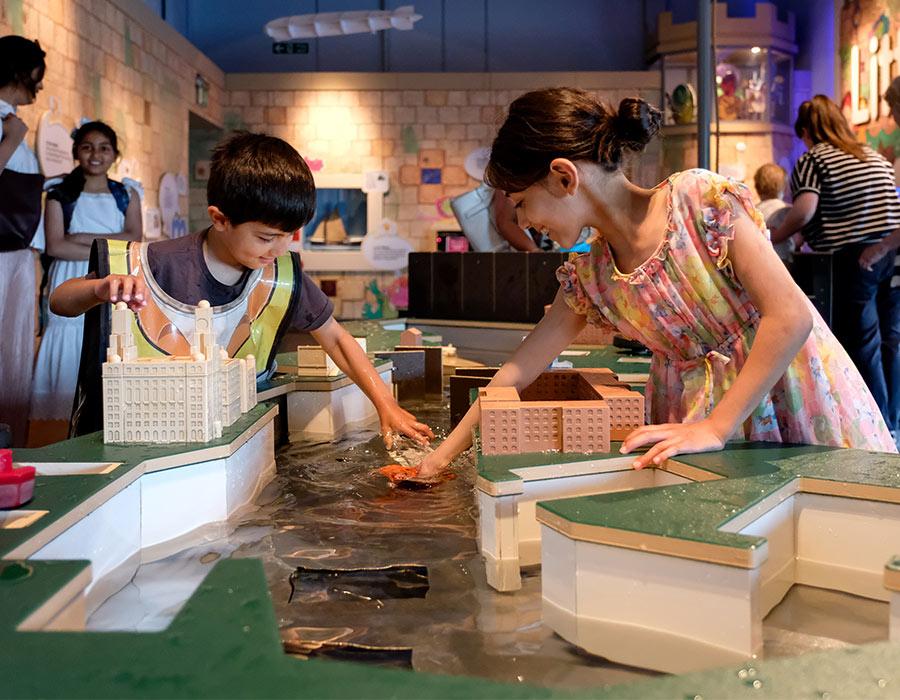
Defining Interactive Exhibits: Beyond Glass Cases and Placards
Traditionally, museums and exhibits were synonymous with hallowed halls, glass cases, and informative placards. While these artifacts of the past still have their place, the evolution of the modern exhibit has ushered in a new era—one defined by interactivity. An interactive exhibit goes beyond the one-way communication of traditional displays, inviting visitors to touch, manipulate, and engage with the content.
The Essence of Interaction: Touch, Play, Learn
At its core, an interactive exhibit is designed to facilitate a two-way exchange between the exhibit and the visitor. It’s an immersive experience where touch, play, and exploration become integral elements of the learning process. Unlike static displays, interactive exhibits encourage visitors to actively participate, transforming them from passive observers into dynamic learners.
Types of Interactive Exhibits: From Digital Screens to Hands-On Installations
- Digital Interactivity:
- Many modern exhibits incorporate digital technology, such as touchscreens and virtual reality, to provide a multi-sensory experience. Visitors can interact with simulations, explore virtual environments, and access additional information at their fingertips.
- Hands-On Installations:
- Hands-on exhibits involve physical engagement, allowing visitors to manipulate objects, conduct experiments, and experience concepts firsthand. These installations cater to various learning styles, making the educational experience more inclusive and engaging.
- Interactive Art Installations:
In the realm of art, interactive exhibits transcend traditional boundaries. Visitors become part of the artwork, influencing its form and meaning through their movements and interactions.

The Benefits of Interactivity: Beyond Entertainment
- Enhanced Learning Experience:
- Interactivity enhances the learning experience by promoting active engagement. Visitors are not just consumers of information; they are participants in the learning process, leading to better retention and understanding.
- Fostering Curiosity:
- Interactive exhibits spark curiosity. The act of exploration and discovery becomes a journey rather than a destination, encouraging visitors to ask questions, seek answers, and delve deeper into the subject matter.
- Inclusivity and Accessibility:
- By accommodating various learning styles, interactive exhibits make education more accessible and inclusive. Visual, auditory, and kinesthetic learners can all find a mode of interaction that resonates with their preferred style.
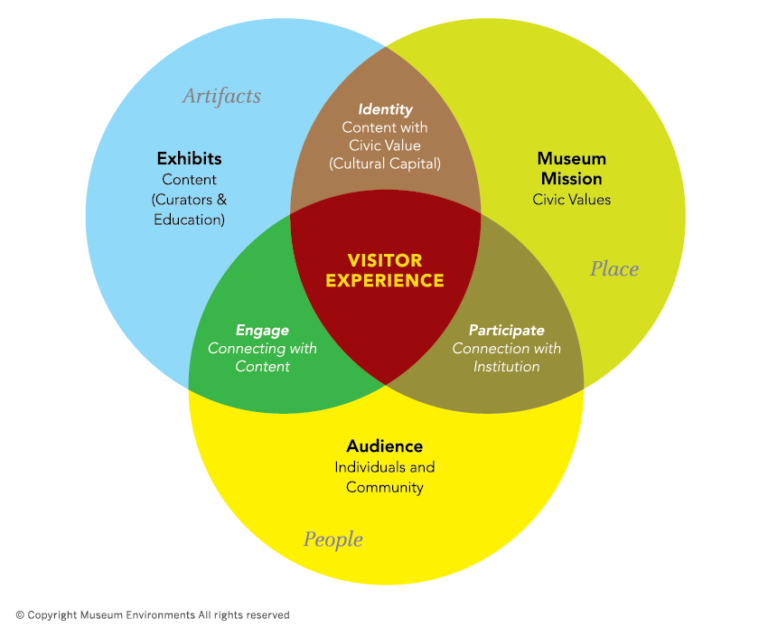
Conclusion: A New Dimension in Learning
In conclusion, interactive exhibits represent a paradigm shift in the way we approach education and entertainment. They break down the barriers between visitors and exhibits, transforming the visitor experience into a dynamic and participatory adventure. As we embrace this new dimension in learning, we open doors to endless possibilities, where curiosity knows no bounds, and every touch sparks a journey of discovery.


